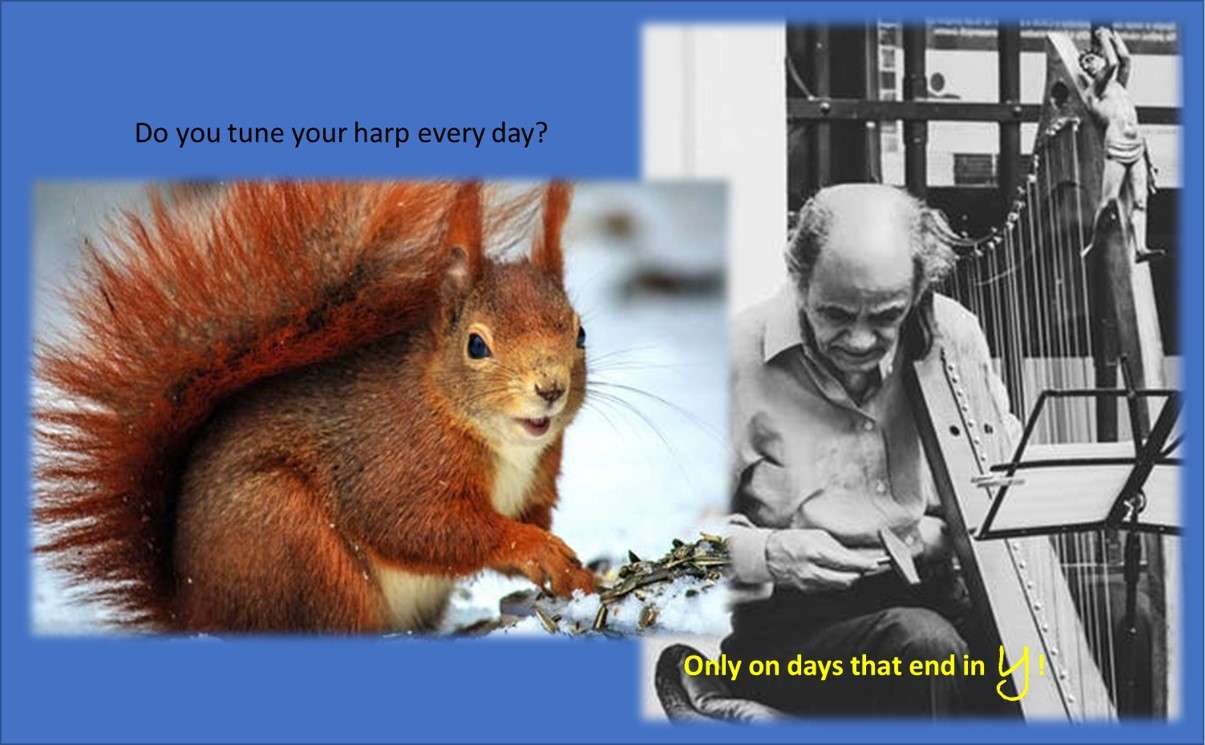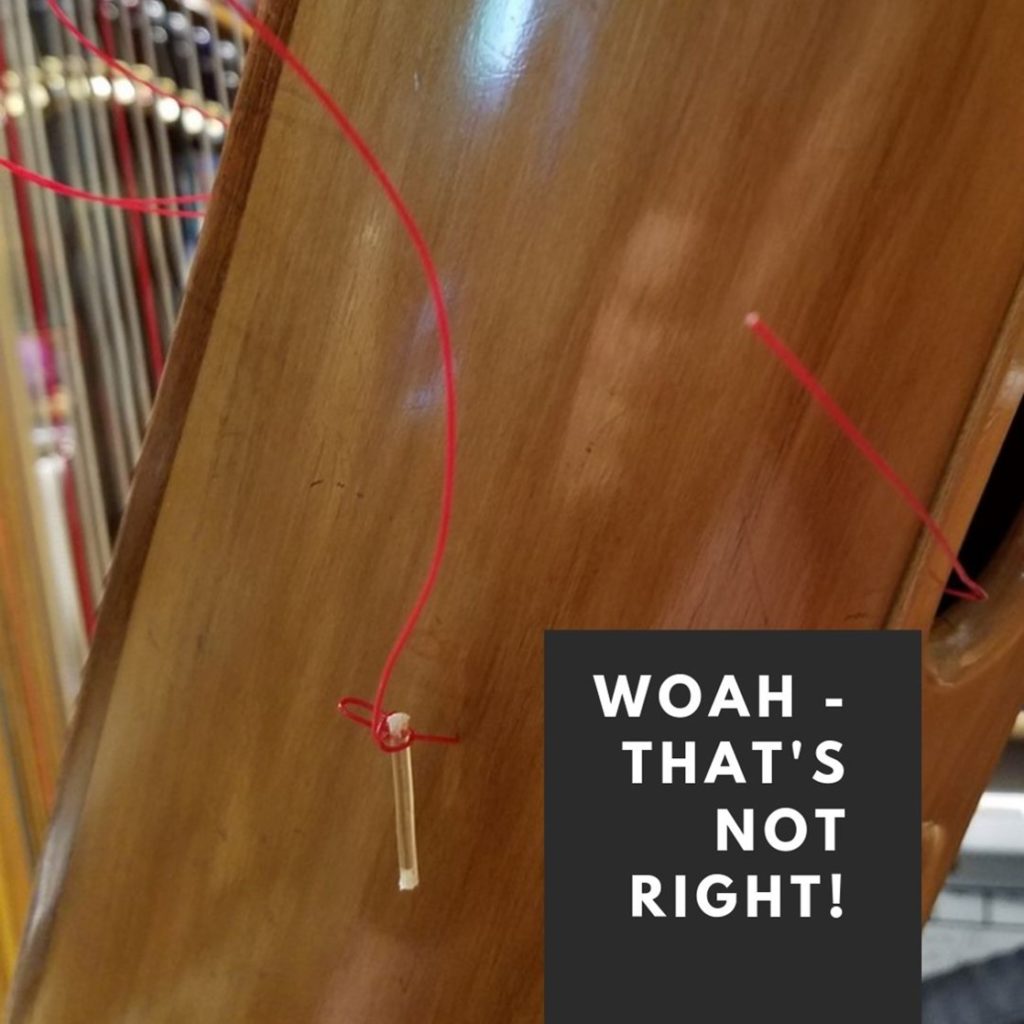Somethings in the air
I don’t know that any of us don’t have a deep love for our instruments. It might not be the same as our love for our families, friends, pets, or cheesecake (maybe that last one is just me) but we typically share a profound caring for our harps that leads us to want to take good care of them! And one way is to manage all the somethings in the air.
Why yes, that is just another inartful way for me to introduce the topic! There’s a lot of stuff in our air and the better we manage it, the easier time we’ll have to love our harps (and play them!). There are two biggies that seem to cause confusion with respect to our harps are – humidity and dust. So, let’s look at each of them.
Dust in the Wind – Let’s start with the easy one – for good or bad, there is dust (in the wind? Maybe, but there is definitely dust in the air!). And no matter how much you filter or clean, there is dust! And that dust settles on your harp. Does it hurt it? No. Is it unsightly? Only under the lights (you know, the like ones you need to see the music!). Should you clean it? If by clean you mean wash it with a wet cloth, NO! But can you dust it? Of course – with a soft clean dry cloth. Microfiber is popular and will do the trick. I have also used a Swiffer – but those are expensive, and honestly, they don’t do a better job, they are just disposable. None of these really clears the dust you find in the “fiddly bits” around the levers and along the string rib. If you’re going to do the job, you should do it right, right? I use a natural bristle brush. You can use a blush brush or a paint brush. I prefer the paint brush because it has a longer handle which I find easier to manage – but it’s up to you. Just make sure the bristles are super soft. I like the natural bristles because I don’t feel like thr synthetics have the same softness – but what you choose is up to you. Just make sure you won’t scratch the finish of your harp. Then dust, carefully and gently. You can wash and dry the brush as you would normally. Easy-peasy. What you don’t do – use furniture polish! Just Don’t!
Saraha(rp) – Not as easy to manage is the humidity in your environment. Your harp is made of wood (unless you have a carbon fiber harp which has its own challenges, but this is not one of them). Wood, as a natural material, is impacted by the humidity in the environment. If it’s too dry you might have a saraha(rp) (a harp as dry as a desert!) with the potential for dried out wood and broken strings. Most of us live in controlled environments now which means that the air is managed at a (near) constant temperature via processes that pull moisture from the air. Plainly, if you have the A/C or the heat on, it’s dry in your house, and your harp might not like it! There are few solutions varying from cheap (but not so effective) to expensive (and fairly good). But before you decide on a solution, you might want to get yourself a hygrometer (humidity meter)– there are inexpensive (and effective) options available online or in your local hardware store. And knowing where you are starting will make changing (and maintaining) the humidity level easier. As for solutions, on the cheap end, place a wide shallow pan of water near the air source and your harp (not where you will trip over it or knock it over, obviously) replace the water as needed. At a slightly higher price is running a tabletop fountain in your harp room – it makes burbling noises which is pleasant. I had one and I had to add about a quart of water a week to keep it full (translate – I was losing a quart of water a week to the aircon). For slightly more cost you can install a room humidifier. These do a good job but require a little more maintenance to manage the levels (filling or plumbing required to keep water in it and mold or mildew can be a problem, especiallyif you are sensitive). Finally for the highest price, you can add a whole home humidifier to your HVAC system. The upside is lower maintenance and wider addition of humidity (so all the wood in your whole house will benefit, including your furniture). The downsides are cost (I won’t lie, it’s expensive), and maintaining your whole house at 45 – 55% humidity (which might result in complaints from other members of your household). But really, who is more important – your blood kin or your harp? (I’ll leave that to your discretion).
With dusting and humidity sorted, your harp will be cared for and happy. Meanwhile, a lot of harp care seems to be obvious but isn’t – what other challenges do you have with taking care of your harp? What’s in the air for you? Let me know in the comments!






